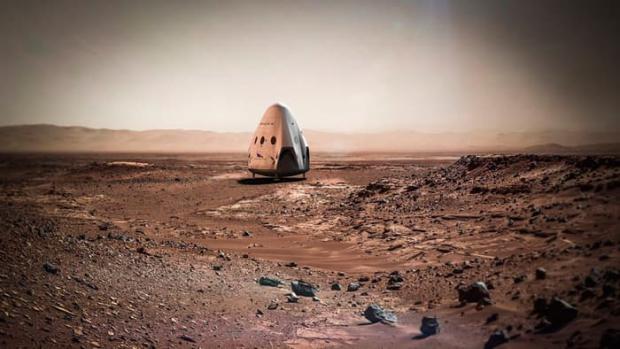
Breaking News
 The 3 Reasons Behind US Plot to Depose Venezuela's Maduro – Video #254
The 3 Reasons Behind US Plot to Depose Venezuela's Maduro – Video #254
 Evangelicals and the Veneration of Israel
Evangelicals and the Veneration of Israel
 Zohran Mamdani's Socialist Recipe for Economic Destruction
Zohran Mamdani's Socialist Recipe for Economic Destruction
 BREAKING: Fed-Up Citizens Sue New York AG Letitia James for Voter Intimidation...
BREAKING: Fed-Up Citizens Sue New York AG Letitia James for Voter Intimidation...
Top Tech News
 HUGE 32kWh LiFePO4 DIY Battery w/ 628Ah Cells! 90 Minute Build
HUGE 32kWh LiFePO4 DIY Battery w/ 628Ah Cells! 90 Minute Build
 What Has Bitcoin Become 17 Years After Satoshi Nakamoto Published The Whitepaper?
What Has Bitcoin Become 17 Years After Satoshi Nakamoto Published The Whitepaper?
 Japan just injected artificial blood into a human. No blood type needed. No refrigeration.
Japan just injected artificial blood into a human. No blood type needed. No refrigeration.
 The 6 Best LLM Tools To Run Models Locally
The 6 Best LLM Tools To Run Models Locally
 Testing My First Sodium-Ion Solar Battery
Testing My First Sodium-Ion Solar Battery
 A man once paralyzed from the waist down now stands on his own, not with machines or wires,...
A man once paralyzed from the waist down now stands on his own, not with machines or wires,...
 Review: Thumb-sized thermal camera turns your phone into a smart tool
Review: Thumb-sized thermal camera turns your phone into a smart tool
 Army To Bring Nuclear Microreactors To Its Bases By 2028
Army To Bring Nuclear Microreactors To Its Bases By 2028
 Nissan Says It's On Track For Solid-State Batteries That Double EV Range By 2028
Nissan Says It's On Track For Solid-State Batteries That Double EV Range By 2028
SpaceX fast-tracks Mars plans and shoots for 2018 launch of unmanned lander

In any case, SpaceX has just announced plans to have one of its Dragon spacecraft on its way to the Red Planet as soon as 2018, four years earlier than anticipated.
NASA currently has unmanned rovers trawling the surface of Mars for signs of life, but if some of that red rock could be hauled back and prodded by scientists in fully equipped laboratories here on Earth the search may become more fruitful. NASA is preparing to send another rover to Mars in 2020 that will collect rock and soil samples, but the agency had no ironclad plan for how these might be returned to Earth.
Enter SpaceX and its unmanned Dragon capsule, which made history in 2012 as the first commercial spacecraft to carry cargo to the ISS and also return cargo to Earth. SpaceX had been at looking at modifying the Dragon spacecraft as an unmanned lander for the Martian surface, and last year this idea piqued the interest of NASA researchers.

 Carbon based computers that run on iron
Carbon based computers that run on iron

